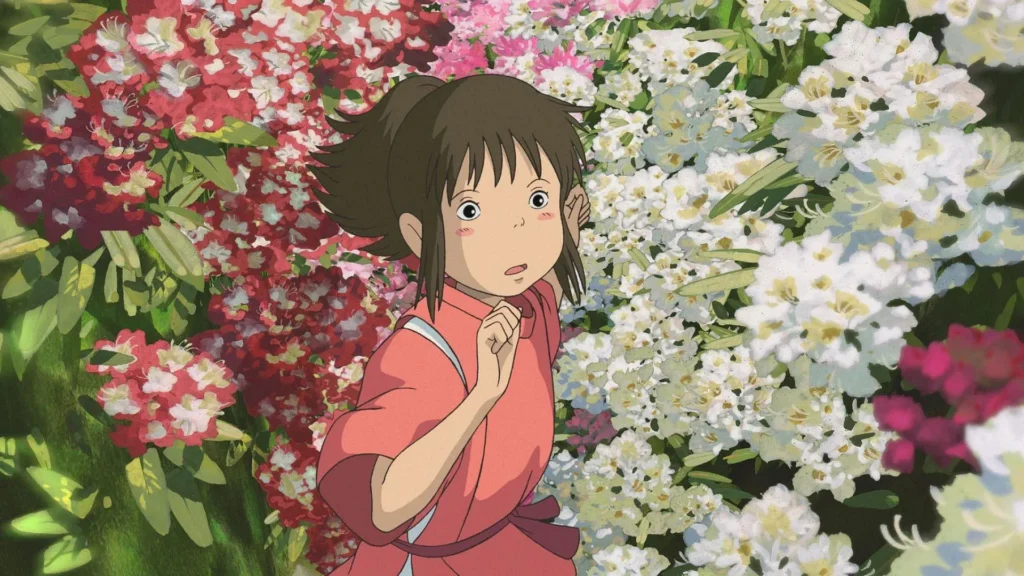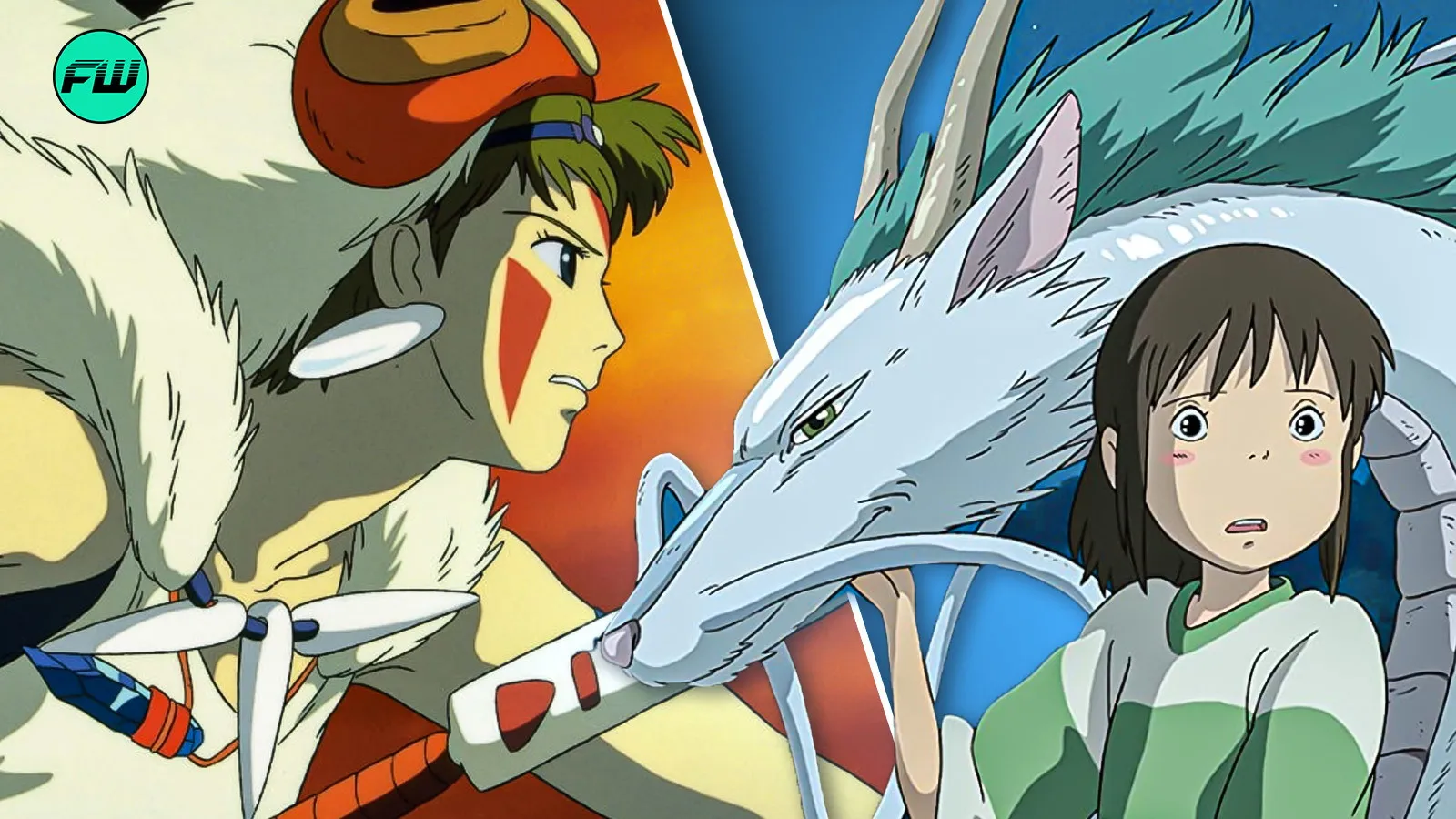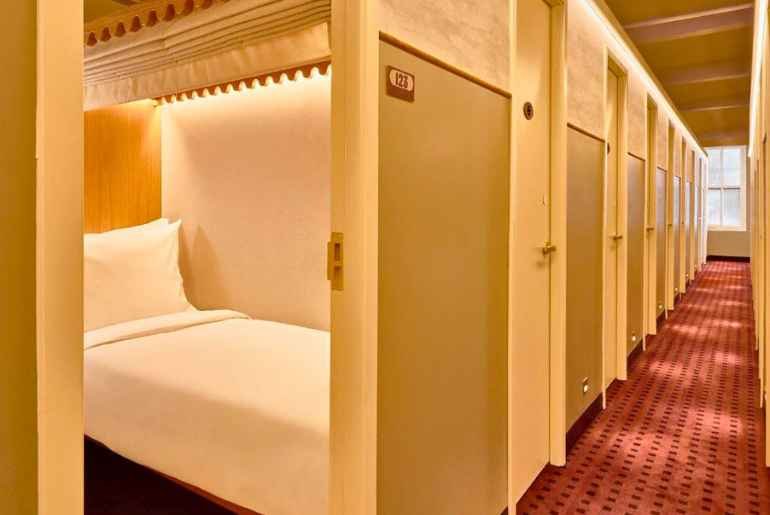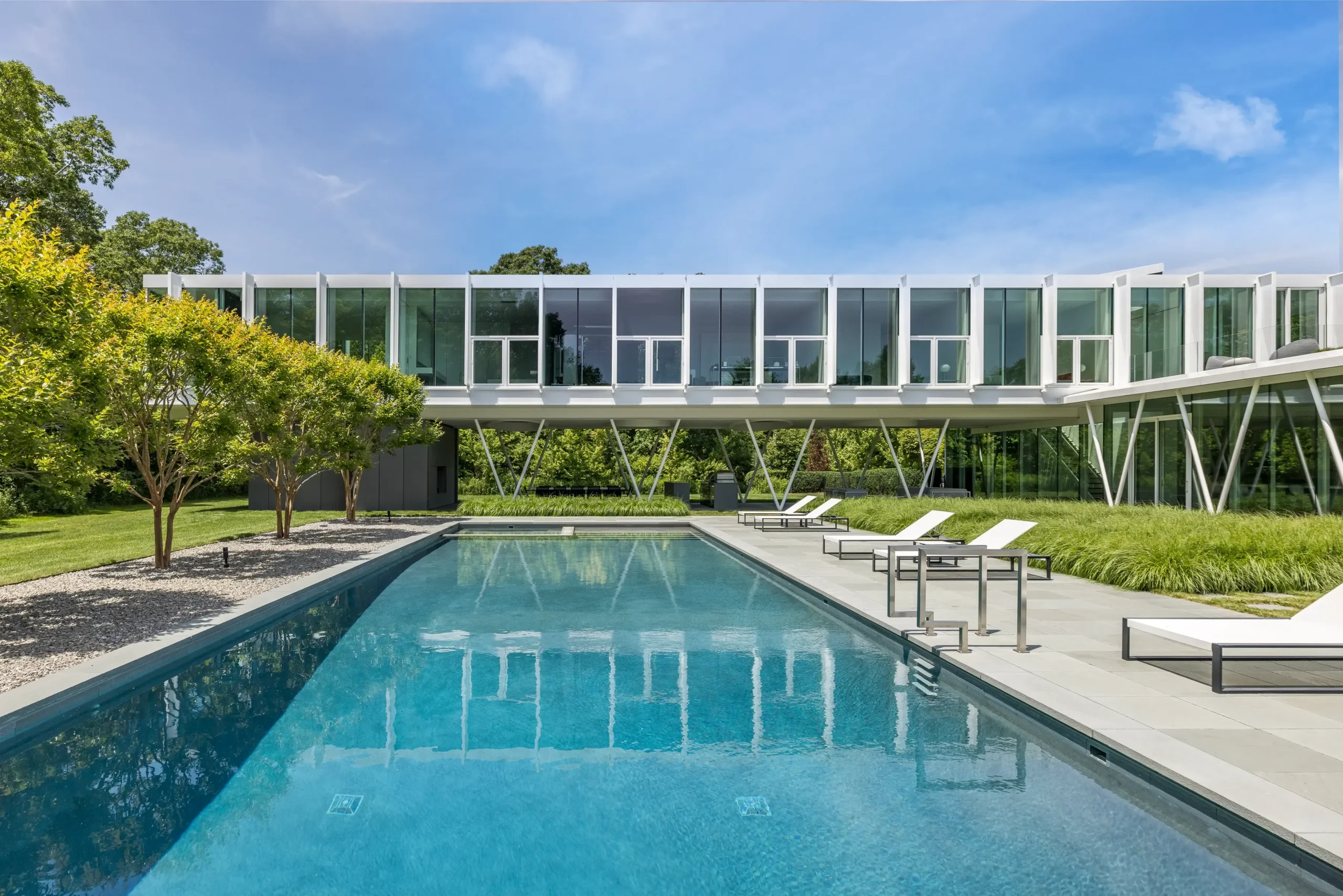A Magical World at Your Fingertips
Studio Ghibli, the famous Japanese animation studio that made movies like Spirited Away and My Neighbor Totoro, is known for its amazing hand-drawn animation and great stories. These movies take years to make, with artists carefully working on each picture. But now, with just a simple command, AI tools like ChatGPT’s new image generator can create similar styles in seconds. This fast change has caused a lot of talk on social media—and started a big argument.
AI Brings Ghibli to Life—Instantly

This week, OpenAI improved ChatGPT’s image-making technology, letting people turn their photos into art inspired by Studio Ghibli. In just a few hours, the internet was filled with AI-made images that looked like the special Ghibli style—soft colors, magical scenes, and lively characters. People made everything from wedding photos to funny memes, excited to see themselves in the world of Miyazaki. Even OpenAI’s CEO, Sam Altman, joined in by changing his profile picture to a Ghibli-style version of himself.
One user, Kouka Webb, a dietitian from TriBeCa, used the tool to reimagine her wedding pictures in Ghibli’s style. For Webb, who grew up in Japan, the AI-generated images carried deep emotional value. “My Japanese mother passed away, and I just feel really homesick,” she shared. “I found a lot of joy in making those images. It was just a fun way to turn memories into a format that I grew up with.”
A New Era of Creativity or a Threat to Artists?
Not everyone is happy about this AI change. Many artists say these tools make their work less valuable. Traditional animation, like the kind Studio Ghibli makes, needs years of hard work and skill. But AI-created images skip the effort of human artists and might even take away their jobs.
On TikTok, Webb’s AI-edited wedding photos got different opinions. Some people liked the old-time feel, but others said she should have hired an artist instead of using AI. This raises a big question in the art world: Is AI helping creativity, or is it taking away human talent?
Artists spend years learning and improving their skills. They create their own styles and work hard to be the best. But when AI art fills the internet, it can push real artwork aside, making it tough for artists to get noticed and earn money. Some also worry that AI is learning from their work without permission, which could cause legal and moral problems.
The Ethical Dilemma of AI Art
Some people have used this technology to make mean and upsetting pictures. AI has already been used to make cartoon pictures of sad events, like the 9/11 attacks and the death of George Floyd. This makes people wonder: When should we say it’s not okay?
AI-made art can be tricky—it can be used to show respect or in a bad way. Some people think it’s a fun way to be creative, but others worry it could be used badly, like telling lies or making important events seem not so serious.
People are also talking more about who owns AI-made art. If an AI makes a picture in Studio Ghibli’s style, is that stealing their work? Should companies be able to take legal action if AI copies their unique style? The rules around AI art are still changing, and these questions will help decide what happens in the future.
The Future of Ghibli-Style AI Art
As AI gets better, people will keep talking about its role in art. Should people be allowed to turn their own memories into Ghibli-style pictures? Or should there be stricter rules to protect real artists and stop misuse?
Some experts say AI-made art should have a clear label so people know a machine, not a person, made it. This can help avoid confusion and make sure AI art doesn’t take away from human-made art. Others believe artists should be paid when AI learns from their work.
One thing is clear—Studio Ghibli’s magic is special, whether drawn by hand or made with AI. But as AI tools improve, the way we make and enjoy art might change forever.
Catchy Facts About Studio Ghibli and AI Art
- Studio Ghibli’s hand-drawn animation process can take up to five years per film! AI, on the other hand, can generate a Ghibli-style image in just seconds.
- AI-generated art now makes up a significant portion of online visuals, sparking debates over originality and artistic integrity.
- The first AI-created artwork sold at auction fetched over $400,000 in 2018, proving that AI-generated art is already gaining commercial value.
- Hayao Miyazaki himself has been a vocal critic of AI-generated animation, calling it “an insult to life itself.”
What’s Next for AI in the Art World?
People are just starting to talk about AI-made art. As technology grows, we need to find a way to use new ideas while still respecting old art styles.
Should we welcome AI-made art or limit it? Is it a useful tool or a danger to human creativity? These questions will decide how art changes in the future. What do you think? Tell us!




